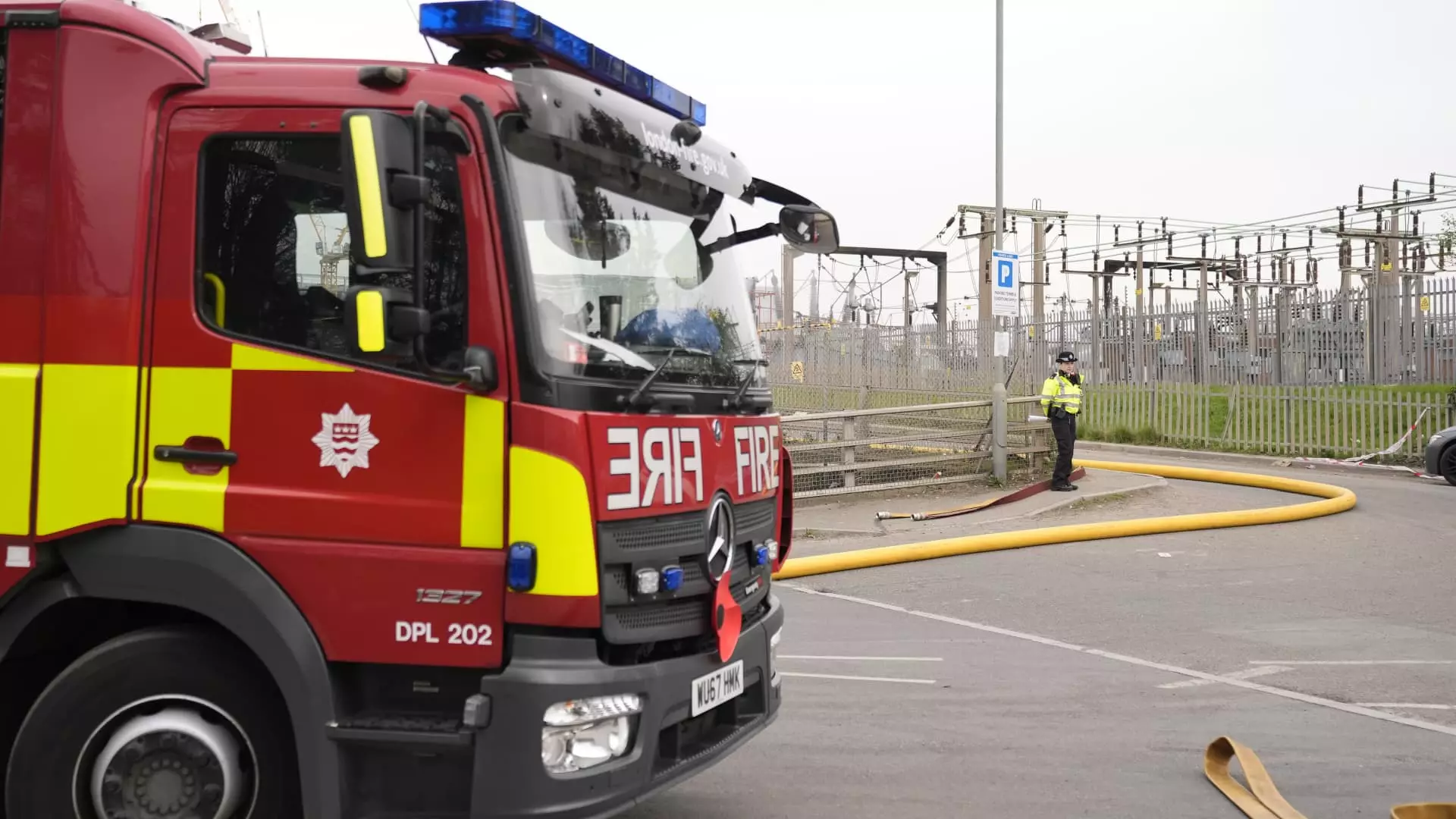Last Friday, Heathrow Airport’s unscheduled closure due to a nearby electrical substation fire has spotlighted an alarming vulnerability within an industry that is expanding at an alarming rate. Millions of passengers, countless airlines, and a significant cargo operation ground to a halt due to a failure of basic infrastructure. This incident has triggered questions about the resilience of aviation and the alarming speed at which it is outpacing the very systems that are meant to support it.
According to Anita Mendiratta, a travel industry expert, this incident could serve as a watershed moment for aviation, nudging the industry to reassess its infrastructure’s capability to handle sudden crises. These include unplanned events such as energy supply disruptions, geopolitical tensions, and unpredictable weather patterns. The overarching theme here is that the aviation industry is failing to prepare adequately for significant operational crises, indicating a reckless disregard for foundational contingency planning.
The Structure of Failure: Lessons in Planning
Key figures in the aviation industry, including Willie Walsh of the International Air Transport Association (IATA), have characterized Heathrow’s reliance on a single power source as a “clear planning failure.” Such a sentiment couldn’t resonate more profoundly, revealing that even the world’s busiest airports have their blind spots. It raises serious concerns on a broader scale, especially as the aviation sector spoons out plans for growth during a time of considerable instability.
There’s an undeniable irony in Heathrow’s operational woes; it’s an airport that handled a record 83.9 million passengers in 2024 and engaged in the transport of over 4,000 tons of cargo daily. The juxtaposition of these global ambitions against the backdrop of a seemingly avoidable outage demonstrates a staggering lack of foresight. Such reliance on a single power source is akin to building a castle on a weak foundation; the potential for future disruptions becomes a ticking time bomb.
Wider Implications: The Ripple Effect
Mendiratta emphasizes the ripple effect this incident is likely to have on the aviation industry. Yes, the impact is primarily felt through cabin cancellations and flight interruptions; however, the ramifications extend much wider. With passenger traffic already surpassing pre-COVID levels globally, it raises serious questions regarding the adequacy of surrounding infrastructure—an area where investment seems exceptionally overdue.
Moreover, the narrative should not be focused solely on passenger experience. There’s a major economic implication tied to cargo operations at airports like Heathrow, and a failure to address these issues undermines wider economic stability. The reality is that every hour an airport like Heathrow is non-operational ripples throughout entire supply chains and economic frameworks, causing losses that are simply untenable.
Compensation and Accountability: The Investor’s Dilemma
The question of whether passengers will receive compensation for canceled flights hinges precariously on airline policies, complicated further due to the unforeseen nature of the incident. With the fire manifesting outside of airlines’ control, it’s possible that many affected will face logistical nightmares without a safety net. Issues of customer loyalty, long-term brand reputation, and ultimately, financial repercussions come into play. Mendiratta aptly points out that how airlines manage customer care in this crisis will be crucial for their long-term investor relationships.
For investors, immediate costs like food, accommodation, and transport for stranded passengers can strain operational budgets. These considerations lead to an essential question: how will airlines recover consumer trust in the aftermath? A fragmented consumer experience stemming from an incident like this could have long-reaching effects, challenging airlines to prioritize their customer service frameworks seriously.
Future Growth: An Infrastructure Crisis Awaits
As discussions surrounding a third runway persist, advocates argue that enhancing infrastructure is crucial for meeting increasing demand. However, the airport’s frantic response to a single fire calls into question the focus of such plans. Is the push for expansion merely a mirage that overlooks pressing infrastructural weaknesses? There’s validity in addressing decarbonization goals while acknowledging that the first step is ensuring existing systems are capable of supporting operations without fail.
The euphoria surrounding projected growth rates masks the urgent need for a transformation in aviation. Sustainable aviation fuels are pivotal, but an industry that isn’t structurally sound can only go so far in achieving its ecological objectives. This requirement for change may well be the most significant lesson revealed by the Heathrow fire: a failure to reinvent not just the flying experience but the underlying operational infrastructure.
Heathrow’s shutdown serves as a sobering reminder that infrastructure planning isn’t merely a technical exercise; it’s the safeguard of a crucial sector embodying the future of global connectivity.

